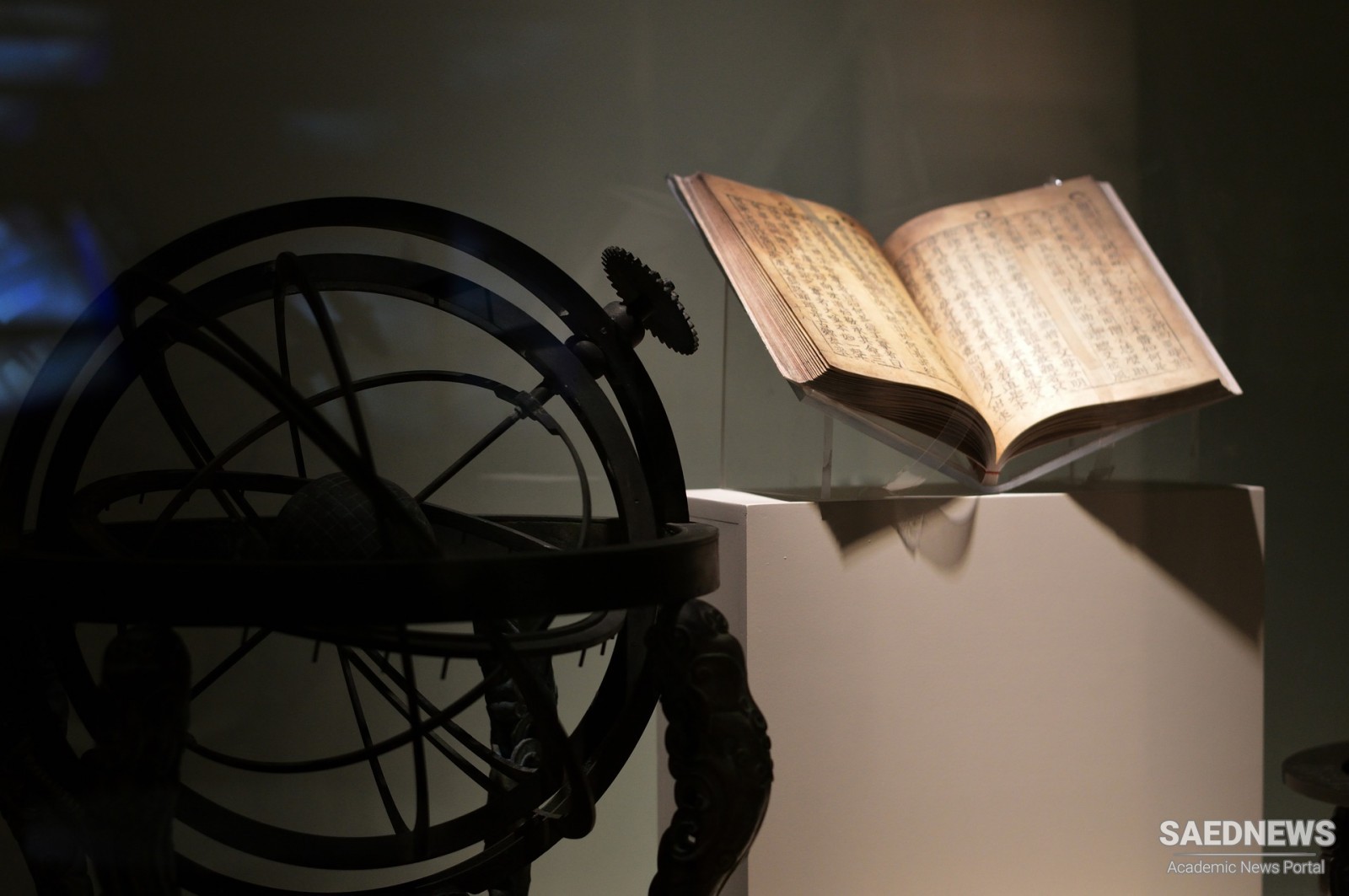As far as this article is concerned we will assume that al-Khazin worked on both topics. There seems no way of being certain which position is correct.
Al-Khazin's family were from Saba, a kingdom in southwestern Arabia, perhaps better known as Sheba from the biblical story of King Solomon and the Queen of Sheba. In the Fihrist, a tenth century survey of Islamic culture, he is described Al-Khurasani which means that he came from Khurasan in eastern Iran.
The Buyid dynasty, ruling in western Iran and Iraq, reach its peak around the time that al-Khazin lived. It undertook public schemes such as building hospitals and dams, as well as patronising the arts and sciences. Rayy, situated southeast of present day Tehran, was one of the major cultural centres of the Buyid dynasty.
Al-Khazin was one of the scientists brought to the court in Rayy by the ruler of the Buyid dynasty, Adud ad-Dawlah, who ruled from 949 to 983. We know that in 959/960 al-Khazin was required by the vizier of Rayy, who was appointed by Adud ad-Dawlah, to measure the obliquity of the ecliptic (the angle which the plane in which the sun appears to move makes with the equator of the earth).
One of al-Khazin's works Zij al-Safa'ih (Tables of the disks of the astrolabe) was described by his successors as the best work in the field and they make many reference to it. The work describes some astronomical instruments, in particular it describes an astrolabe fitted with plates inscribed with tables and a commentary on the use of these. A copy of this instrument was made but vanished in Germany at the time of World War II.
Al-Khazin gives 19 propositions relating to this statement by Ptolemy. The most interesting results show, with a very ingenious proof, that an equilateral triangle has a greater area than any isosceles or scalene triangle with the same perimeter. When he tries to generalise this result to polygons, however, al-Khazin gives incorrect proofs. Other results among the 19 are based on propositions given by Archimedes in On the sphere and cylinder.
Al-Khazin proposed a different solar model from that of Ptolemy. Ptolemy had the sun moving in uniform circular motion about a centre which was not the earth. Al-Khazin was unhappy with this model since he claimed that if this were the case then the apparent diameter of the sun would vary throughout the year and observation showed that this were not the case. Of course the apparent diameter of the sun does vary but by too small an amount to be observed by al-Khazin. To get round this problem, al-Khazin proposed a model in which the sun moved in a circle which was centred on the earth, but its motion was not uniform about the centre, rather it was uniform about another point (called the excentre).


 Abul Wefa al-Buzjani the Astronomer and the Trigonometric Genius
Abul Wefa al-Buzjani the Astronomer and the Trigonometric Genius














































